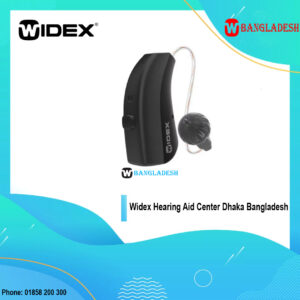
Widex Hearing Aid Center Dhaka Bangladesh
Widex Hearing Aid Center Dhaka Bangladesh In the bustling metropolis of Dhaka, where life pulses with energy and diversity, individuals seeking unparalleled solutions for hearing
Hearing aids are small electronic devices worn in or behind the ear that amplify sound for individuals with hearing loss. They work by capturing sound through a microphone, processing it through a small computer chip, and then delivering the sound to the ear through a speaker. Hearing aids come in a variety of styles, sizes, and features to meet individual needs and preferences. They can improve communication, social interaction, and quality of life for people with hearing loss. However, it is important to have a hearing evaluation by a qualified professional to determine the type and degree of hearing loss and whether hearing aids are the best solution for individual needs.
It’s crucial to determine the type and severity of your hearing loss before selecting hearing aids. Hearing loss is generally classified into two categories: conductive hearing loss and sensorineural hearing loss.
Additionally, a mixed hearing loss, which is a combination of the two, is also possible. If you suspect that you have hearing loss, seeking a hearing evaluation from a qualified hearing care professional in your area is recommended.
This comprehensive assessment can help identify the extent and type of your hearing loss, guiding you towards the appropriate treatment and hearing aid selection.

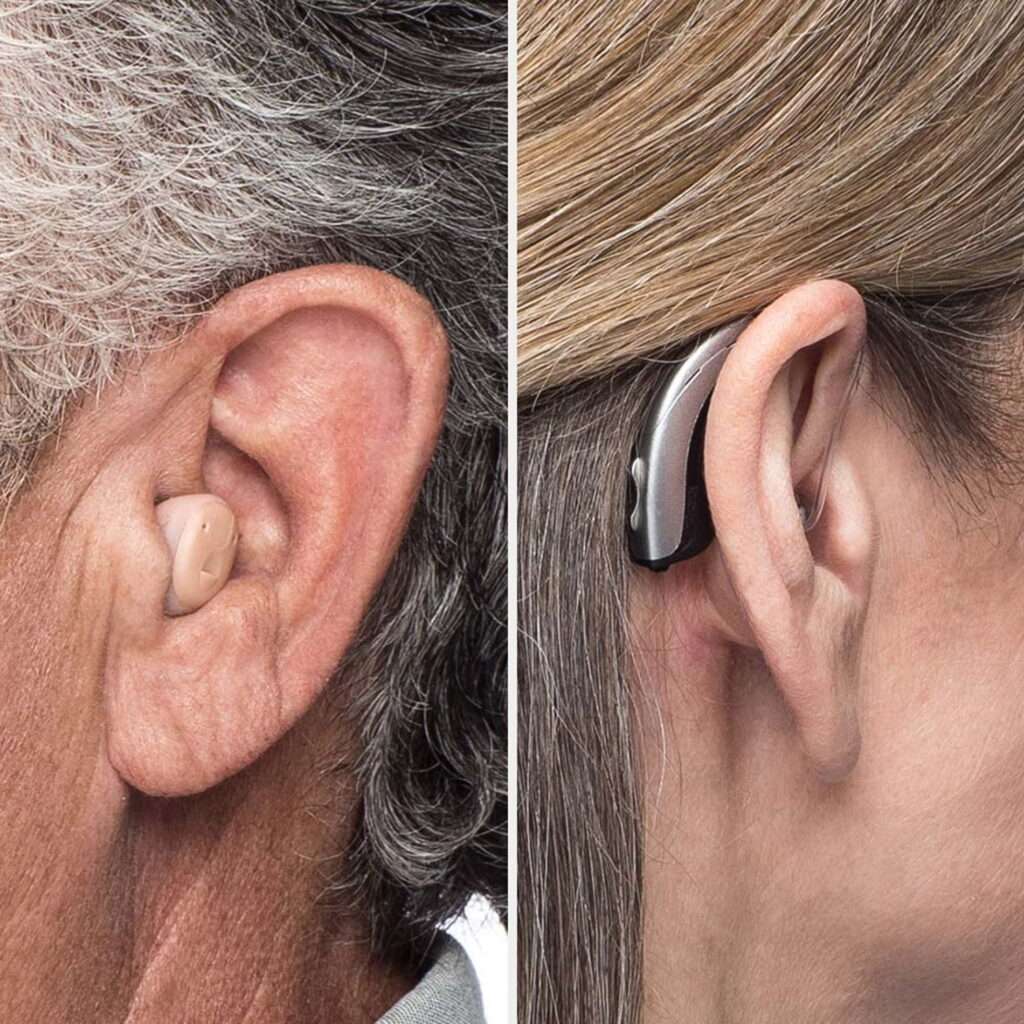
There are different types of hearing aids, which can be worn either in the ear or behind the ear, depending on individual preferences and the degree of hearing loss. In-the-ear hearing aids (ITE) are discreetly placed at the opening of the ear canal, while the completely-in-canal (CIC) hearing aid is almost invisible, sitting deep inside the ear canal. These custom-fit devices are ideal for individuals with low to moderately severe hearing loss.
On the other hand, behind-the-ear hearing aids (BTE) come in three varieties: standard BTE with the receiver behind the ear, receiver-in-the-ear (RITE) and receiver-in-canal (RIC). BTEs are versatile and suitable for almost all types of hearing loss. They offer more amplification power and can be customized with various ear molds to suit different ear shapes and sizes. The choice of hearing aid type is best determined by a hearing care professional, based on your specific hearing loss and lifestyle needs.
Hearing aids come in a range of technology levels, and it’s essential to select one that matches your listening needs. It’s crucial to consider the environments in which you spend most of your time before choosing a hearing aid. You can also take advantage of apps and accessories that provide seamless connectivity to your phone, TV, and other devices, enhancing your overall listening experience.
Moreover, hearing aids can be programmed to adapt to different environments, delivering natural, pure, and personalized sound. They can restore audibility of high-frequency sounds such as children’s voices and birdsong while suppressing unwanted background noise. By working closely with a hearing care professional, you can select the most appropriate technology level for your specific hearing needs and lifestyle requirements.
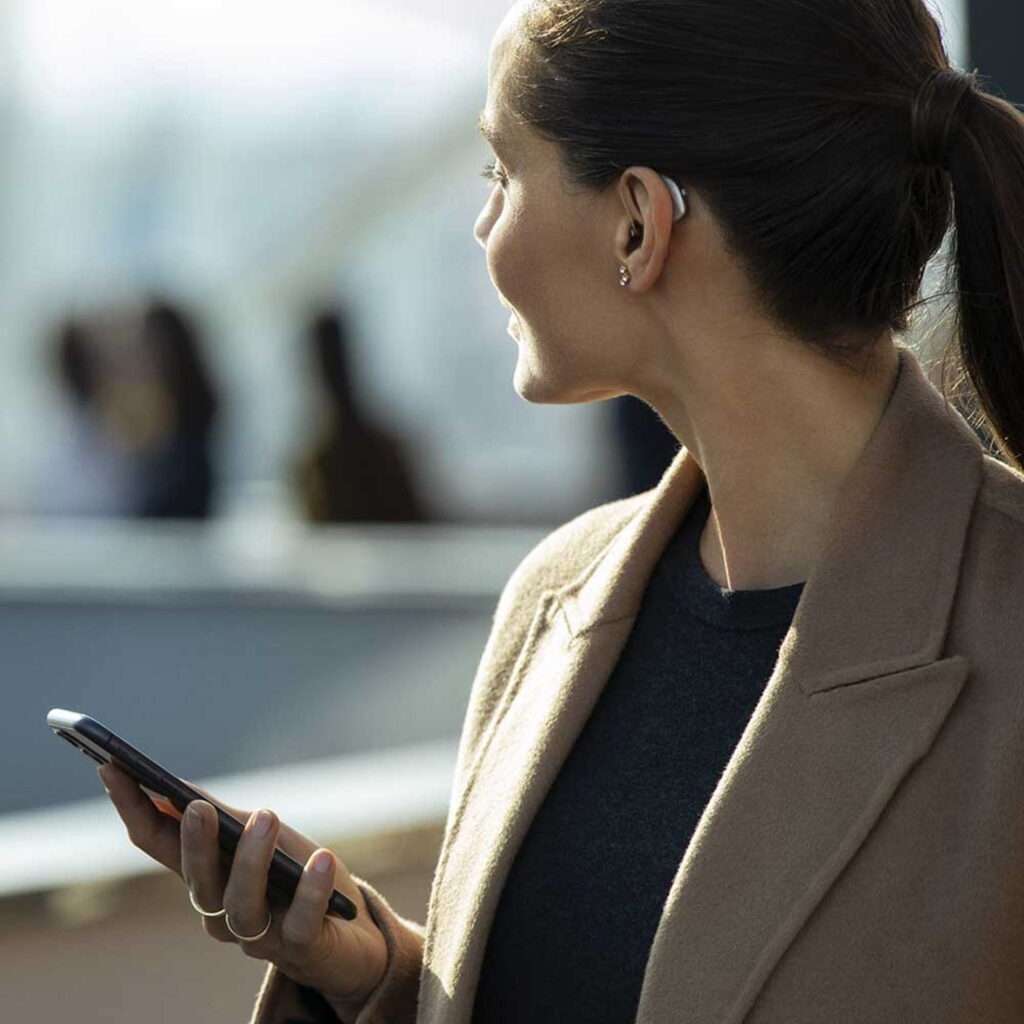

Widex Hearing Aid Center Dhaka Bangladesh In the bustling metropolis of Dhaka, where life pulses with energy and diversity, individuals seeking unparalleled solutions for hearing
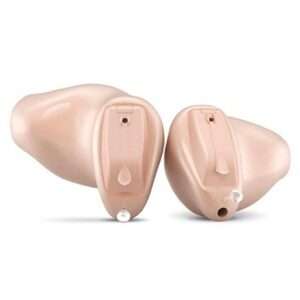
What is an Invisible-In-Canal (IIC) hearing aid? An Invisible-In-Canal (IIC) hearing aid is a type of hearing aid that is designed to fit deep inside
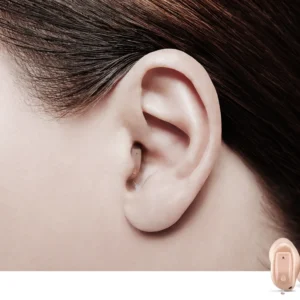
What is a Widex Completely-in-canal (CIC) Hearing Aid? Widex Completely-in-canal (CIC) hearing aids are small, discreet, and custom-made devices that fit entirely inside the ear
You cannot copy content of this page